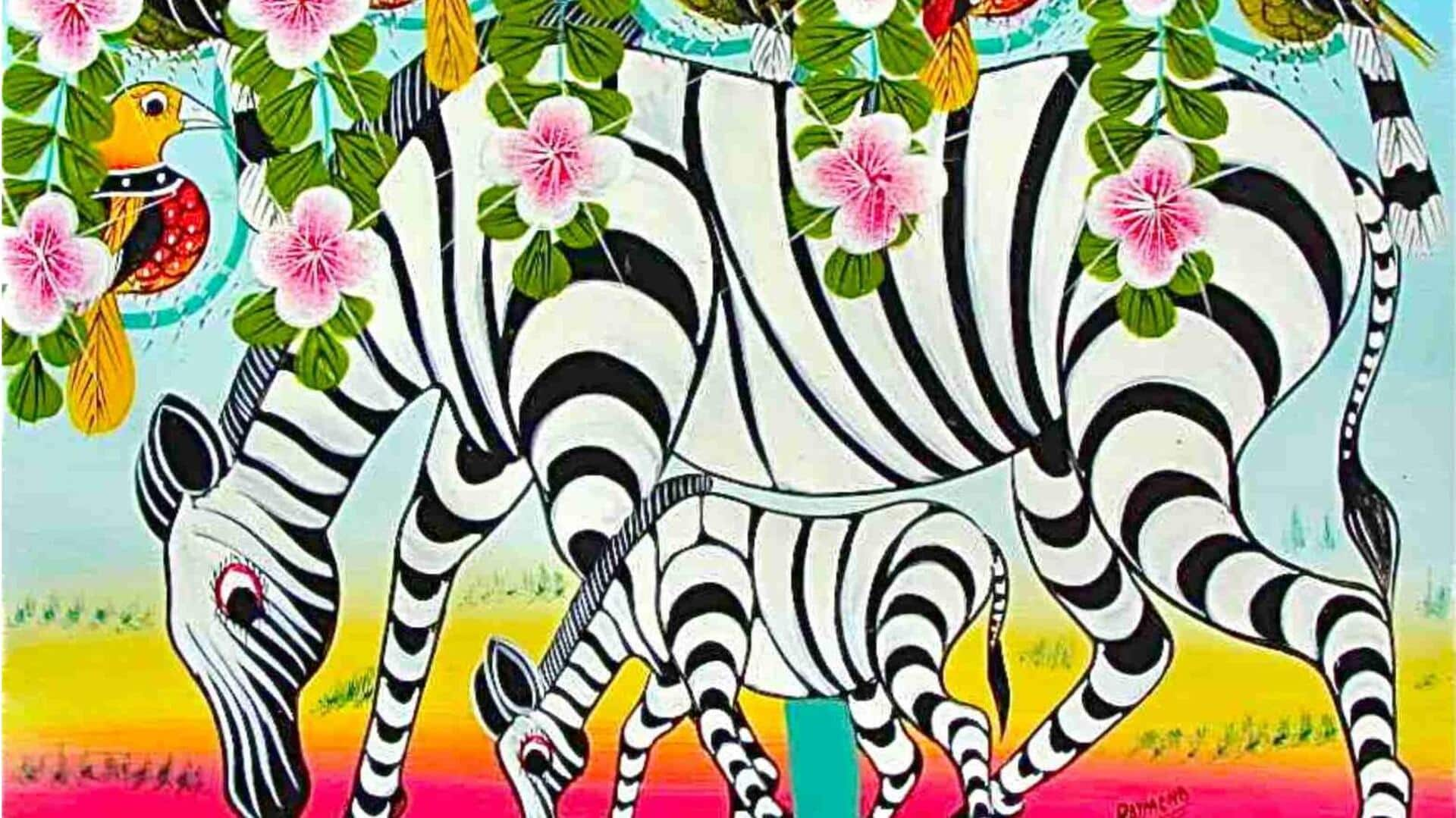
All about Tingatinga art
What's the story
Tingatinga art is a Tanzanian painting style that is famous for its vibrant colors and simple forms. It usually depicts animals in a whimsical manner, making it a favorite among art lovers. The style originated in the 1960s when Edward Tingatinga began painting on canvas with bicycle paint. Today, it is a symbol of Tanzanian culture and heritage, adored for its unique approach to wildlife.
#1
Origins of Tingatinga art
Tingatinga art began in Dar es Salaam in the late 1960s. Edward Tingatinga used bicycle paint to create his works on canvas. His style was characterized by bright colors and bold lines, often depicting animals and everyday life in Tanzania. After his death, the art form gained popularity, and many artists adopted and adapted it. Today, Tingatinga is recognized globally for its distinctive aesthetic.
#2
Techniques used in Tingatinga paintings
The technique of Tingatinga paintings is simple yet effective. Artists use enamel paint on masonite board or canvas to create their works. The paintings are characterized by flat surfaces with little shading or perspective, emphasizing color over detail. Common themes include elephants, giraffes, and other wildlife, often set against vibrant backgrounds that add depth to the composition.
#3
Cultural significance of Tingatinga art
Tingatinga art has become an integral part of Tanzanian culture, representing local traditions and stories through visual means. It serves as a medium for storytelling, preserving cultural heritage while also appealing to modern audiences. The style has also helped support local economies by providing income opportunities for artists and contributing to tourism through its unique appeal.
Tip 1
Modern adaptations and global influence
In recent years, Tingatinga has also influenced contemporary art beyond Tanzania's borders. Artists around the world have incorporated elements into their work, inspired by its bold colors and playful forms. Meanwhile, galleries, exhibitions, and online platforms have helped promote this unique style, ensuring its continued relevance in the global art scene.